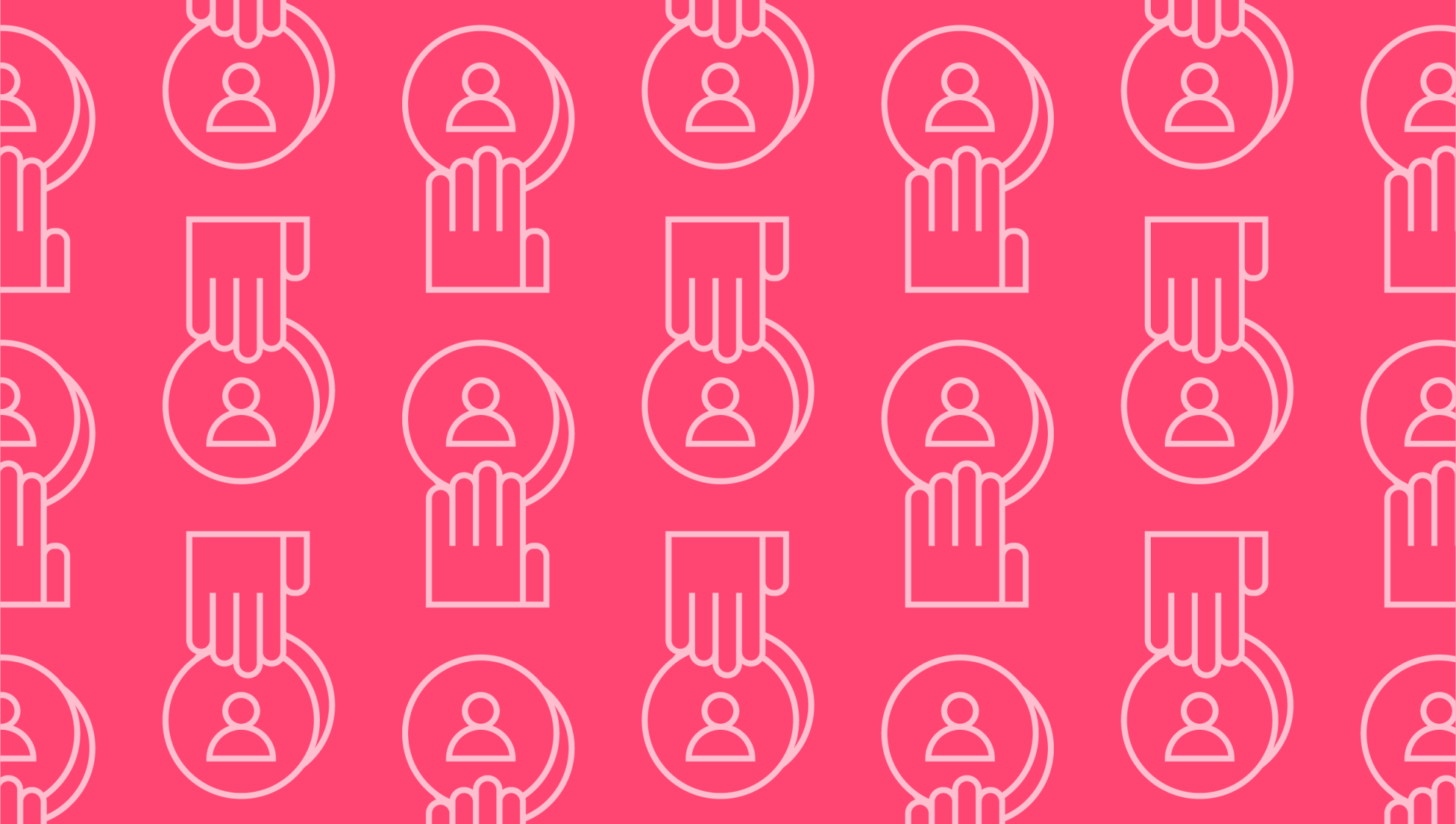Last editedNov 20212 min read
The cumulative negative churn formula is (Churned MRR-Expansion MRR)/Starting MRR where MRR is monthly recurring revenue. If the result is a negative number, you have achieved a negative churn rate. Net negative churn is usually achieved by reducing churn, upselling, cross-selling and/or selling add-ons.
How to calculate negative churn
Churn is essentially attrition or erosion. It comes in two main forms. Customer churn is the rate at which you lose customers. Revenue churn is the rate at which your monthly recurring revenue is eroded through customers choosing to pay less for your product.
The term negative churn rate is typically used when looking at revenue churn. It’s used to describe a situation where a company is growing its revenues without growing its customer base. In fact, you can achieve a negative churn rate even if your customer base is shrinking.
To calculate your negative churn rate, you start with your churned MMR. That’s the money you lost through customers reducing their payments. You then subtract your expansion MMR. That’s the money you gain through customers upgrading and/or making additional purchases. You divide the result by the MRR you had at the start of the period being measured.
If the result is negative, then you have achieved net negative churn. This means that you are earning more money from existing customers increasing their spending than you are losing from departing customers and/or existing customers reducing their spending.
Reducing churn
As the old saying goes, “a penny saved buys as much as a penny earned”. In other words, lowering your churned MMR will increase your revenue as much as increasing your expansion MMR. Churned MMR comes in two main forms, involuntary and voluntary.
Involuntary churn is when customers intend to pay but for some reason don’t. This can often be the lowest-hanging fruit to pick. Review your payment strategy and make sure that you’re doing everything you can to make it easy for your customers to pay you in full and on time. Direct debits are ideal for this, especially when combined with an effective intelligent retries system.
Voluntary churn is when your customers decide to downgrade or leave. Work out why they are doing this and address it. You need to conduct your research here very carefully. For example, if customers mention price, then you need to work out if the price is really too high for them or if what they actually mean is that they perceive they can get better value elsewhere.
Timing often plays a vital role in reducing churn. Ideally, you want to stop a customer from even starting to think about downgrading or leaving let alone acting on their decision. At the same time, you need to be careful about approaching them too early or too often. Again, managing this boils down to knowing your customer and treating them with respect.
Increasing expansion MMR
There are basically three ways you can increase your expansion MMR. These are upselling, cross-selling and selling add-ons. Upselling is essentially about selling your customer a bigger and better version of the same product. Cross-selling is selling them a complementary product. Selling add-ons means selling them extra functionality for the product they already have.
With all of these, the key to success is to make sure that each of your offerings targets a specific customer type and hence addresses their specific needs. This means that you need to understand who your customers are, how they use your service and what they value about it.
Analytics will be your starting point here but it’s highly advisable to supplement this by actually talking to your customers. It’s even better if you can also talk to prospects and target customer groups as well. This can give you insights you just can’t get from crunching numbers. It can also help you develop meaningful relationships with customers.
We can help
If you’re interested in finding out more about negative churn and how to achieve it, then get in touch with our financial experts. Find out how GoCardless can help you with ad hoc payments or recurring payments.


